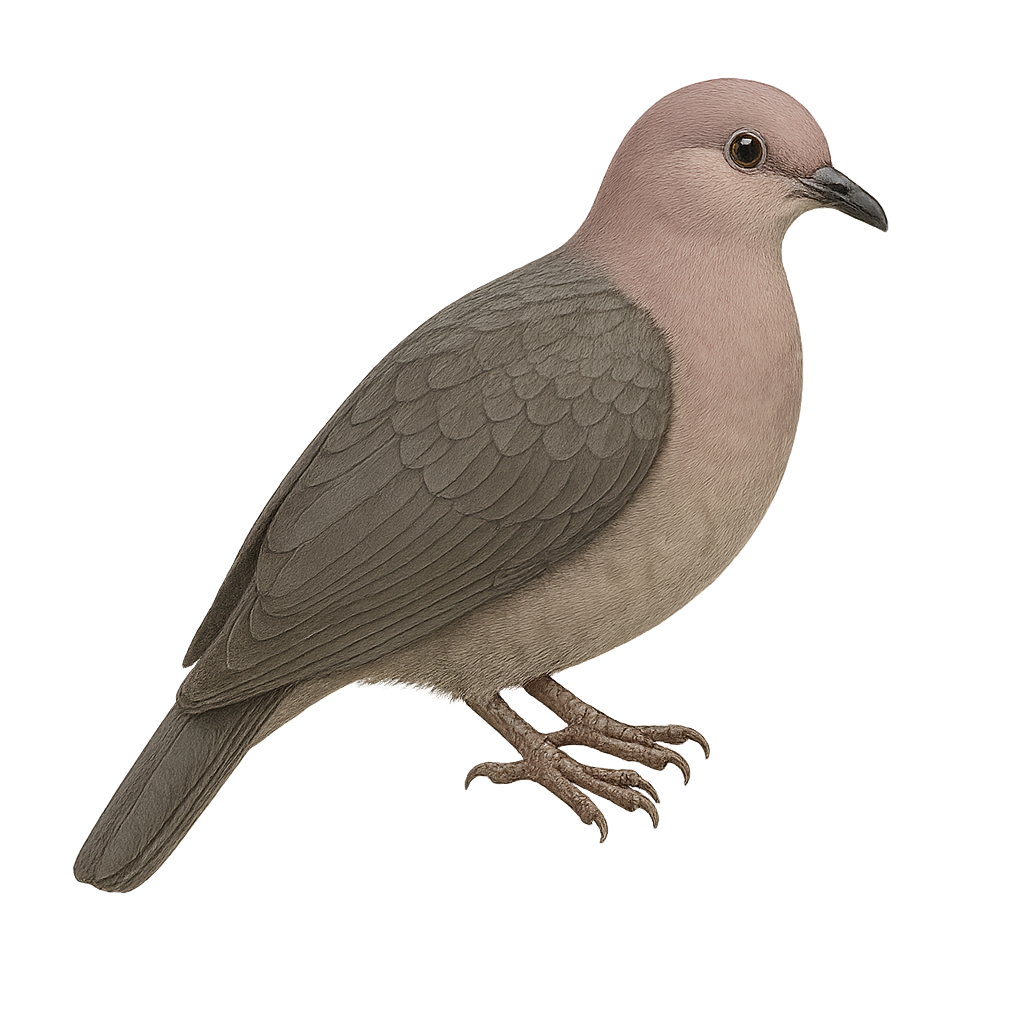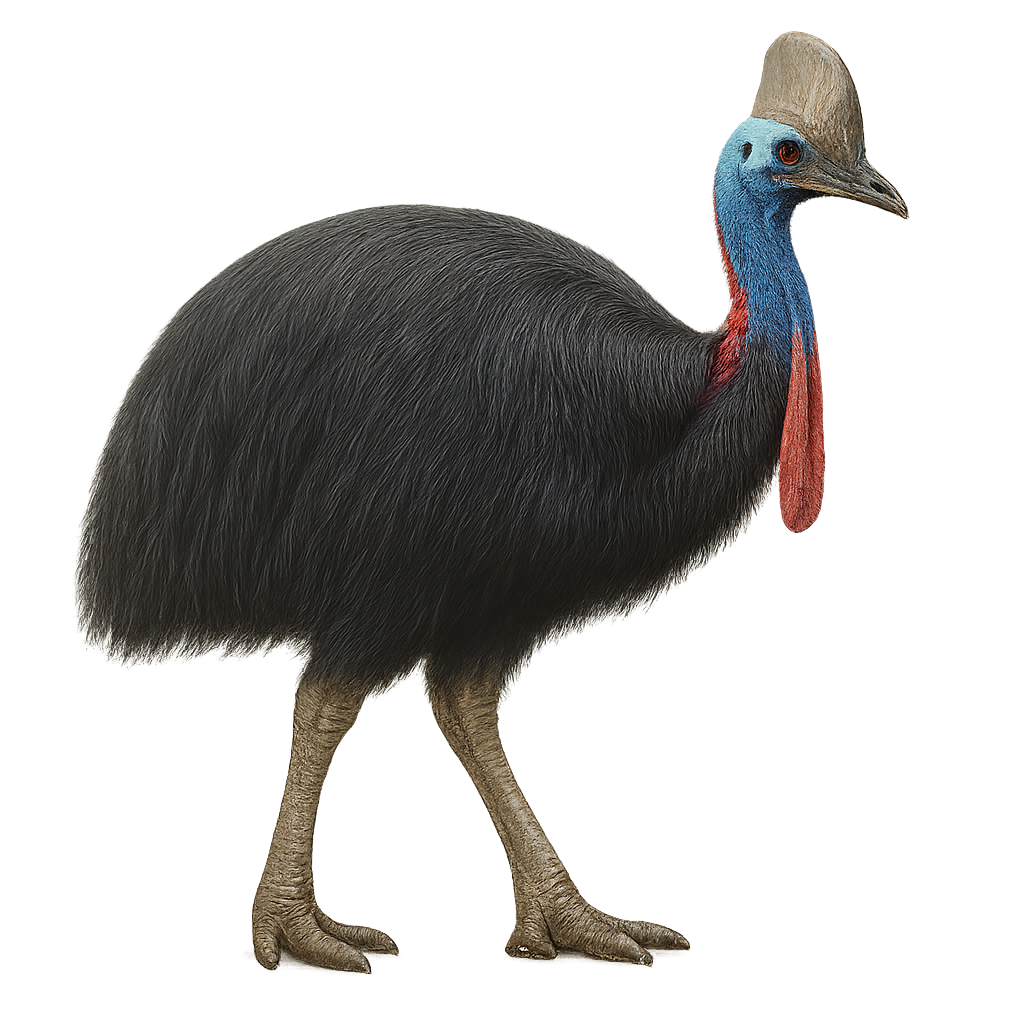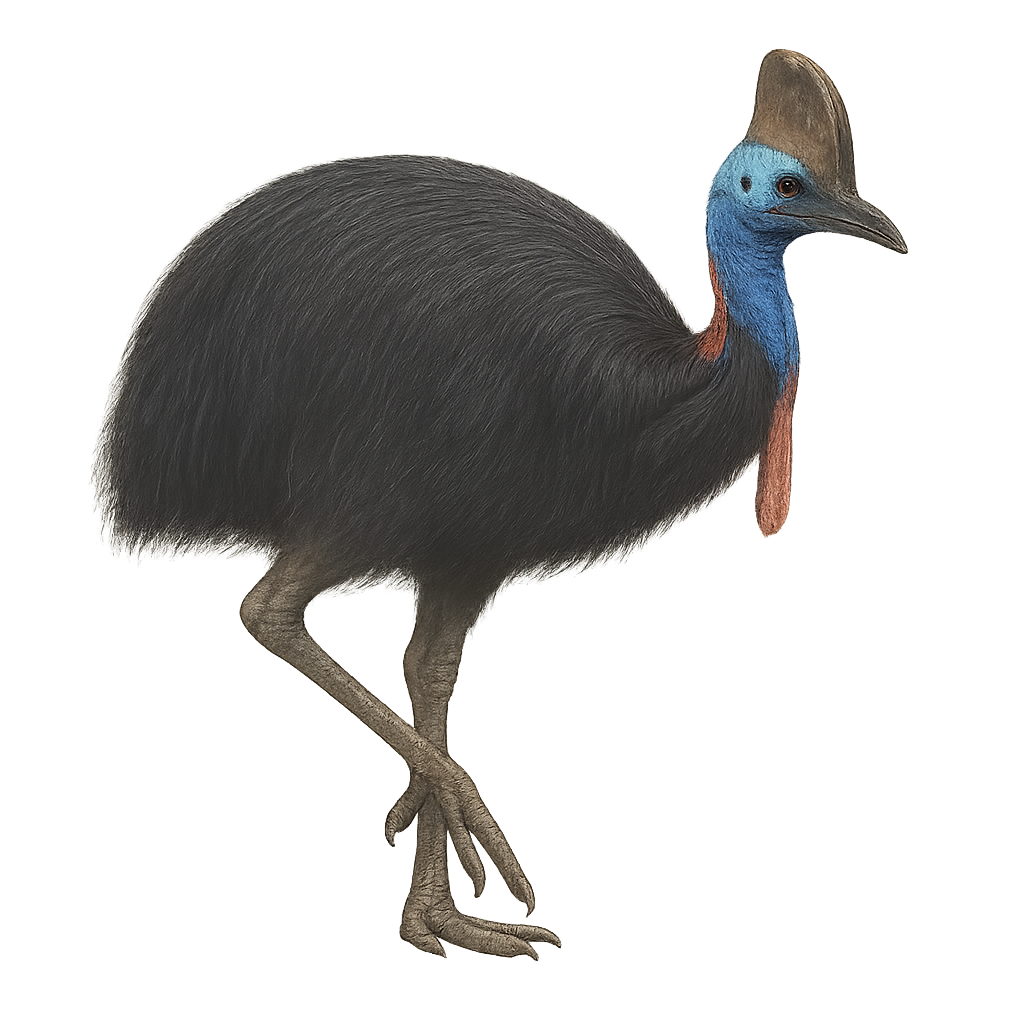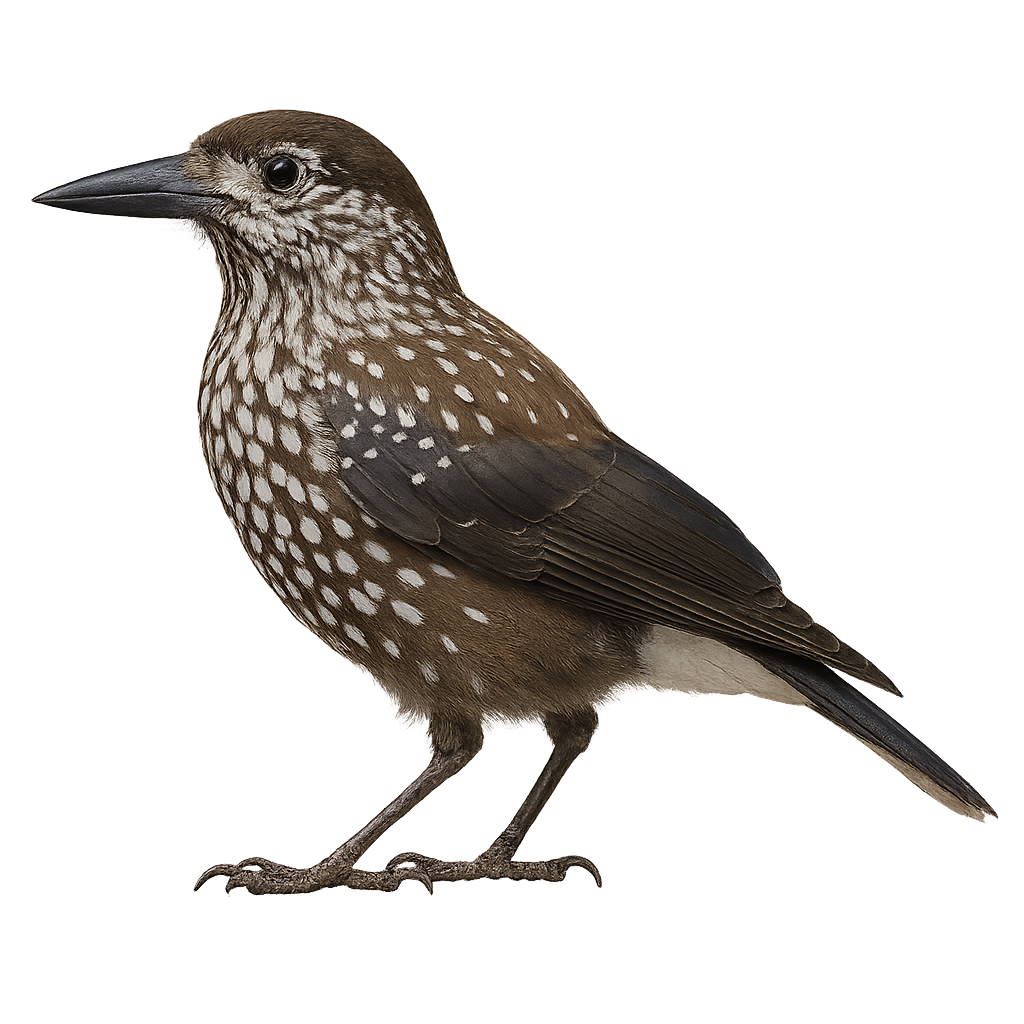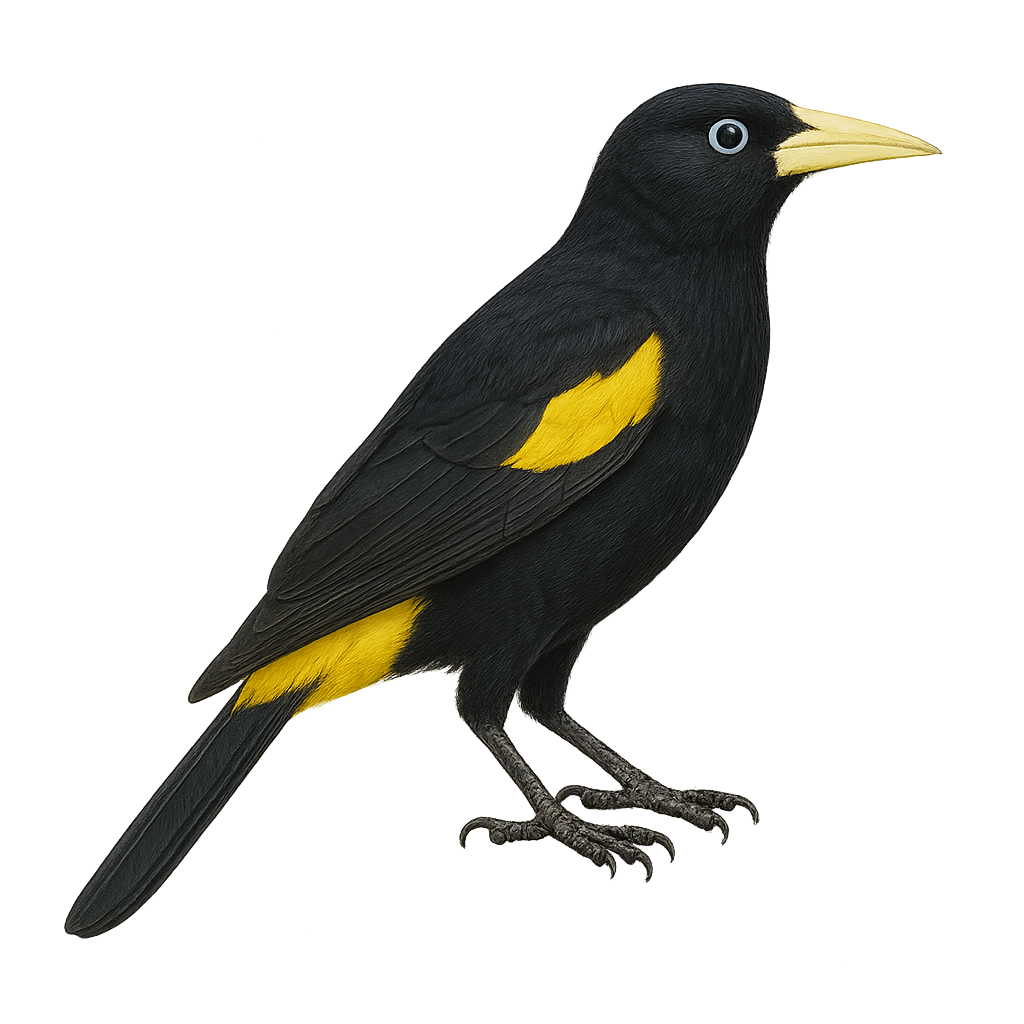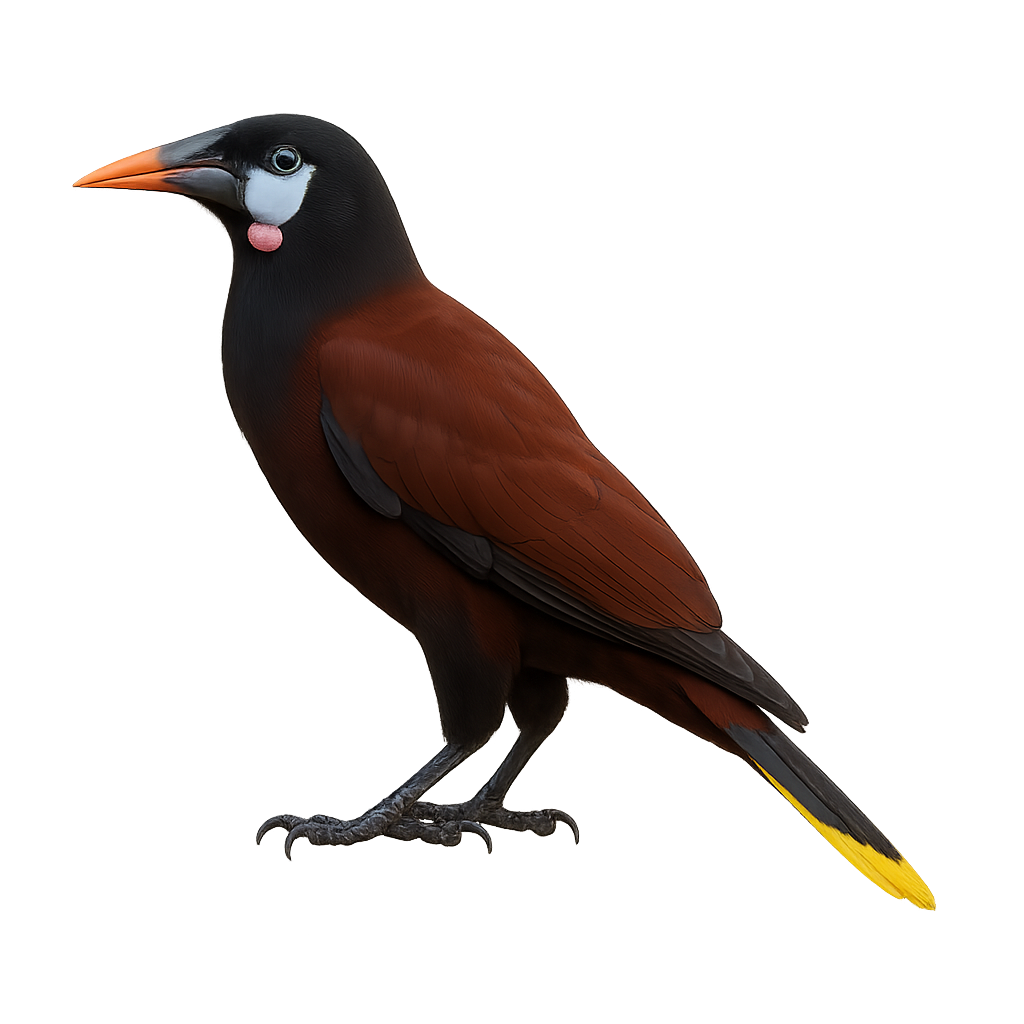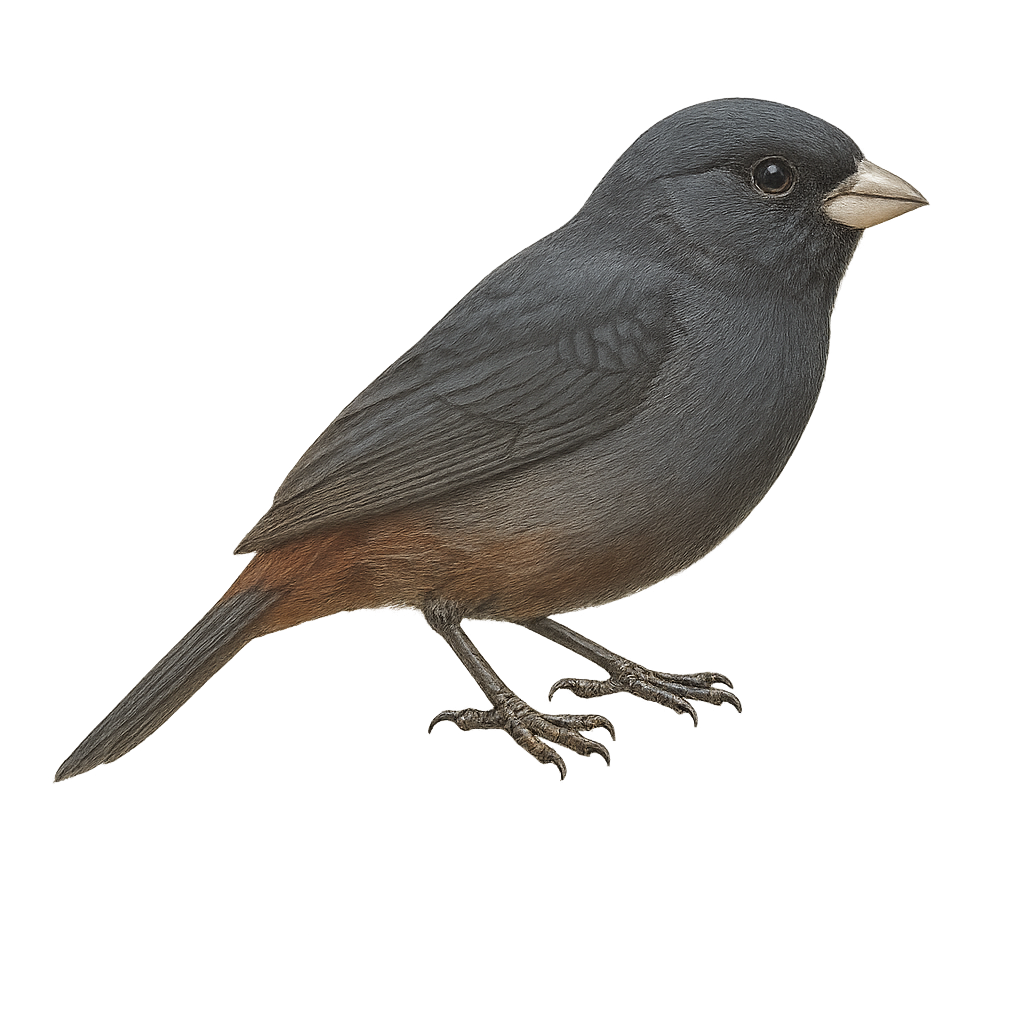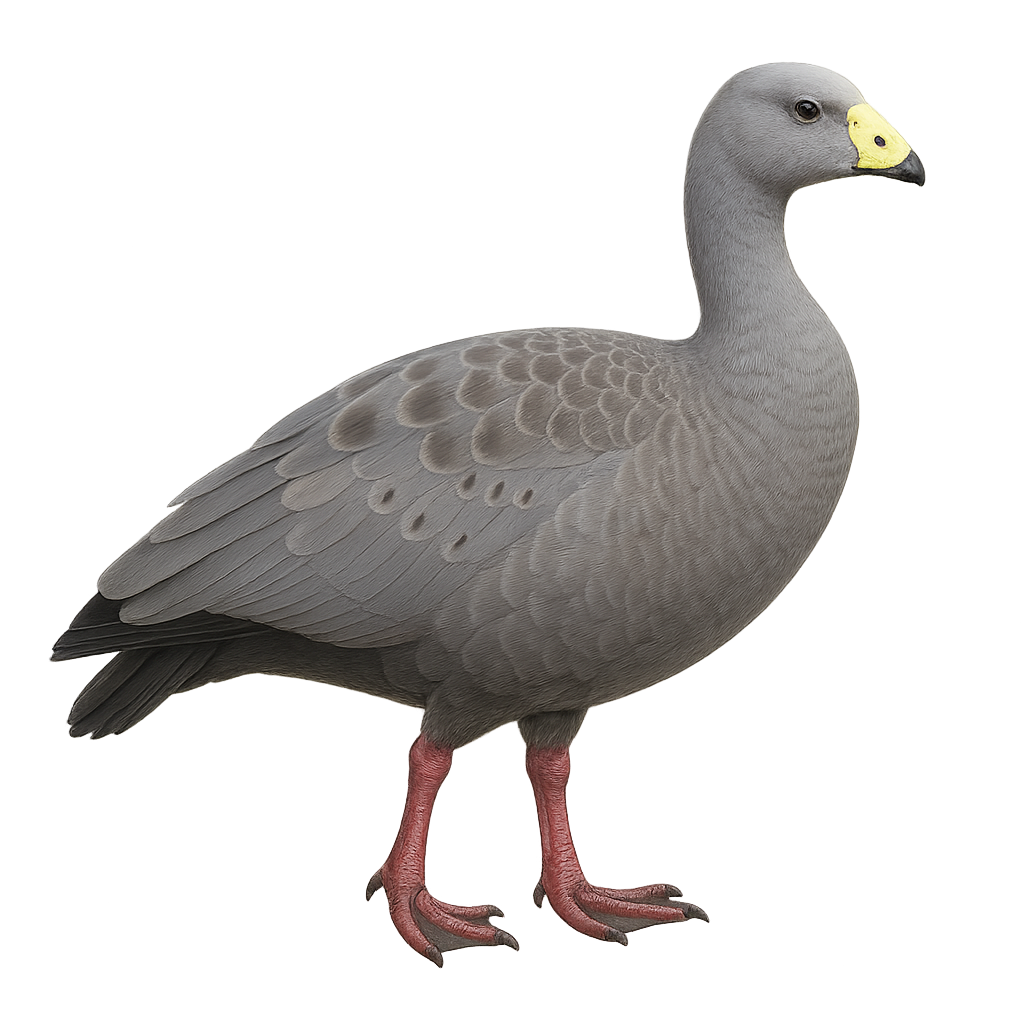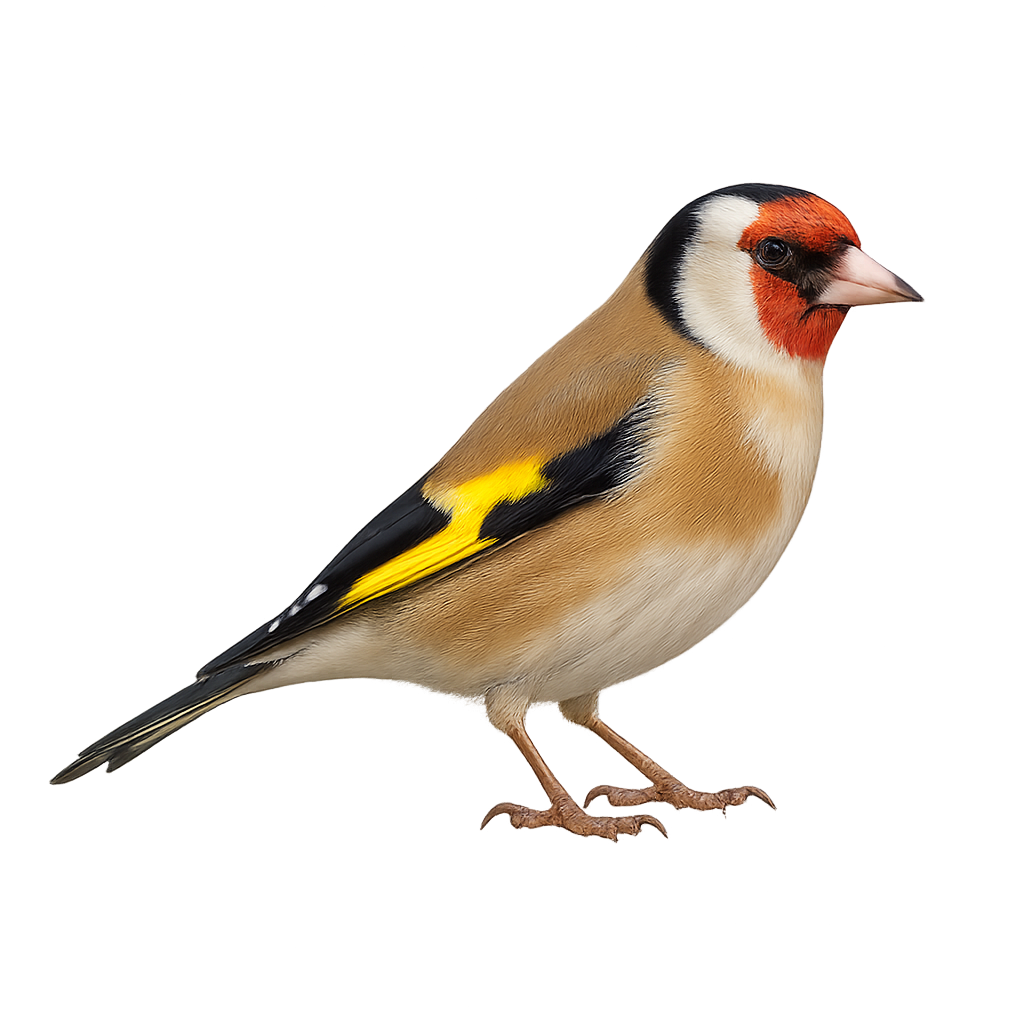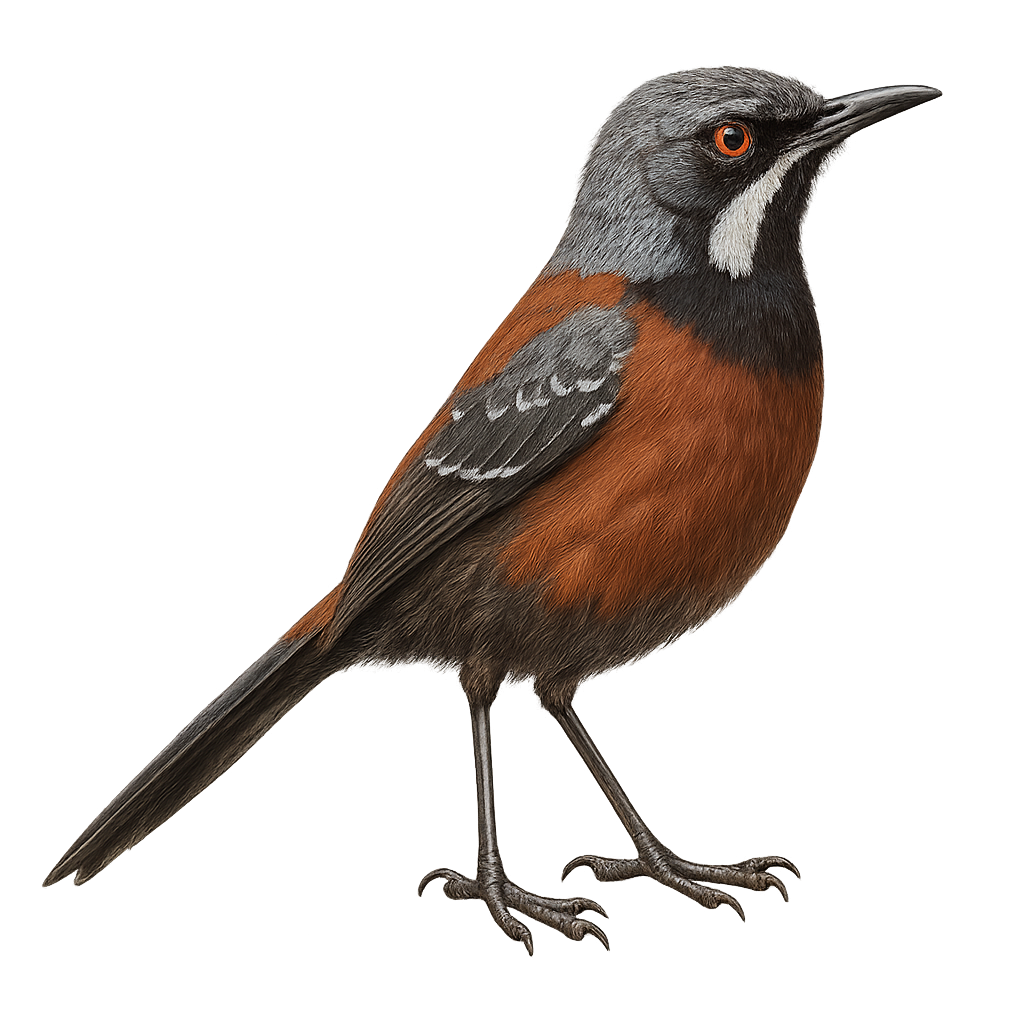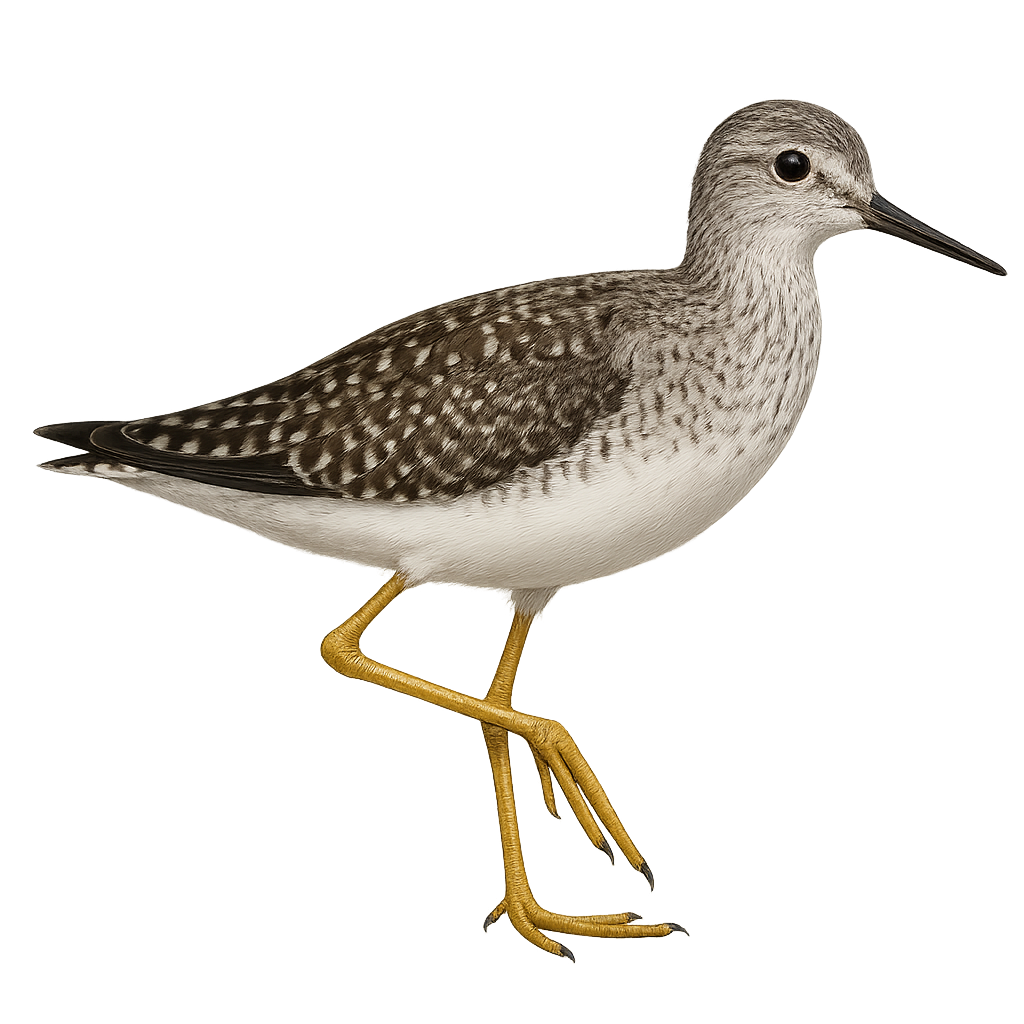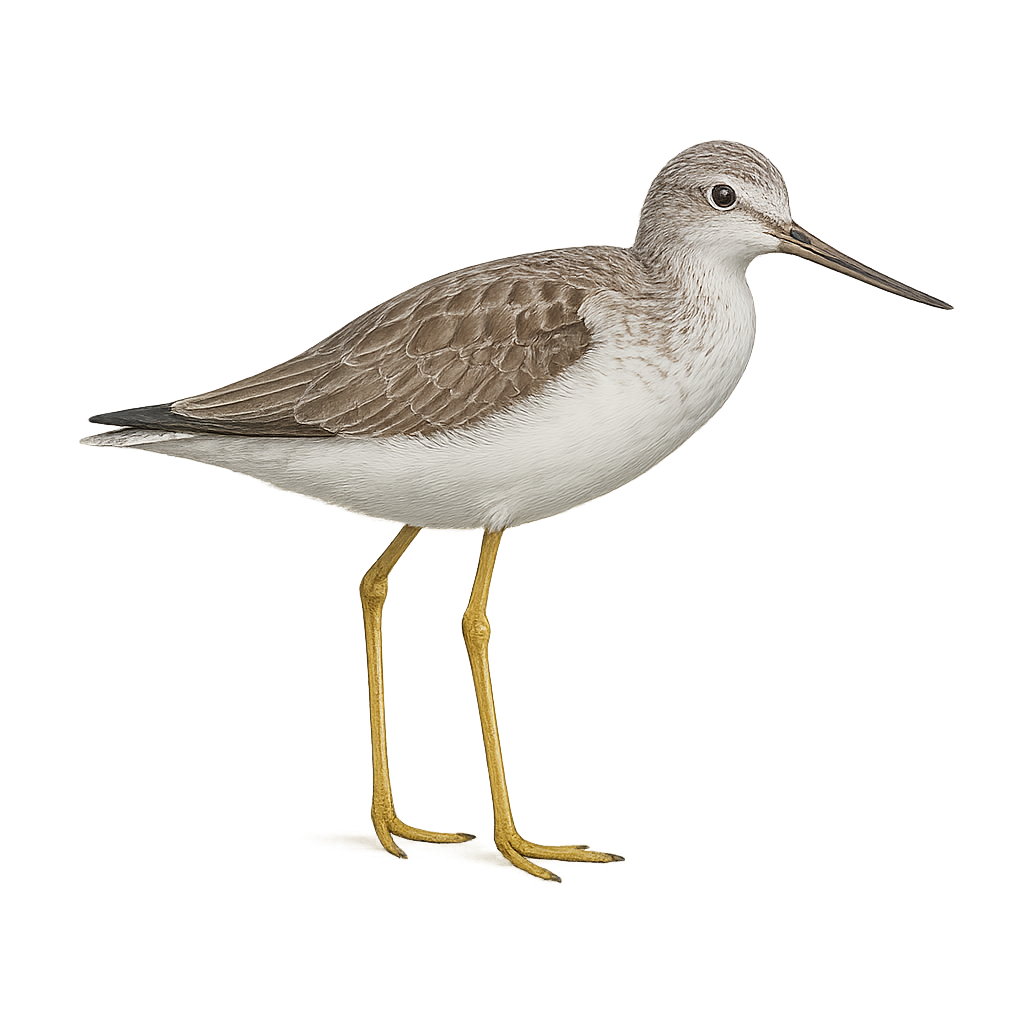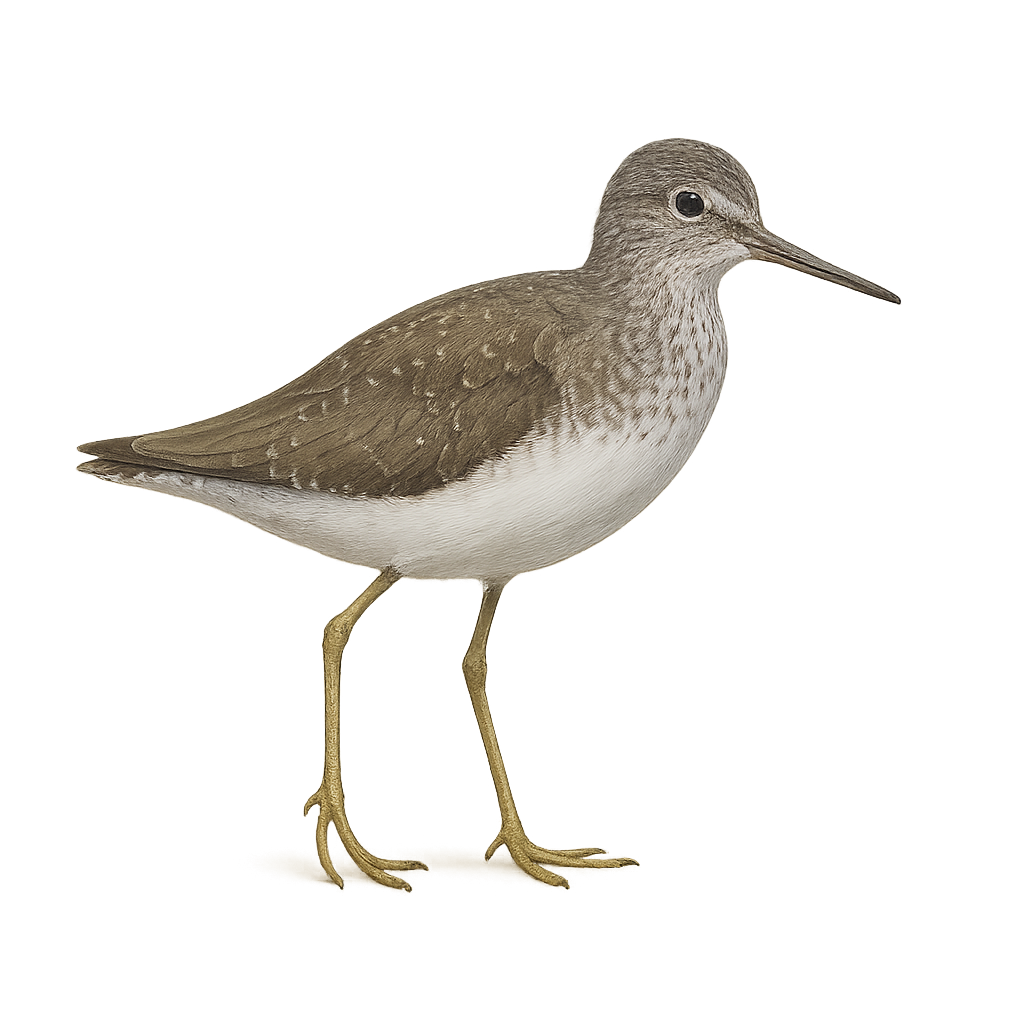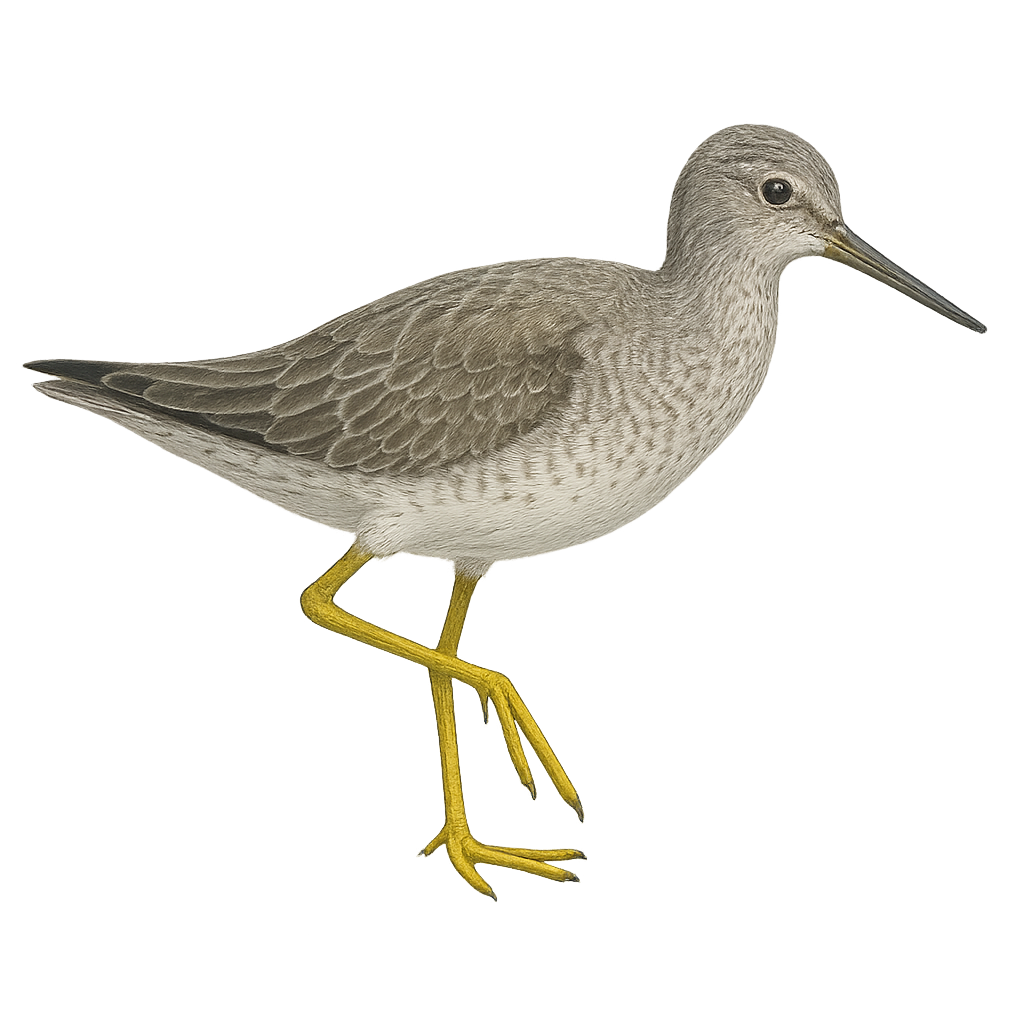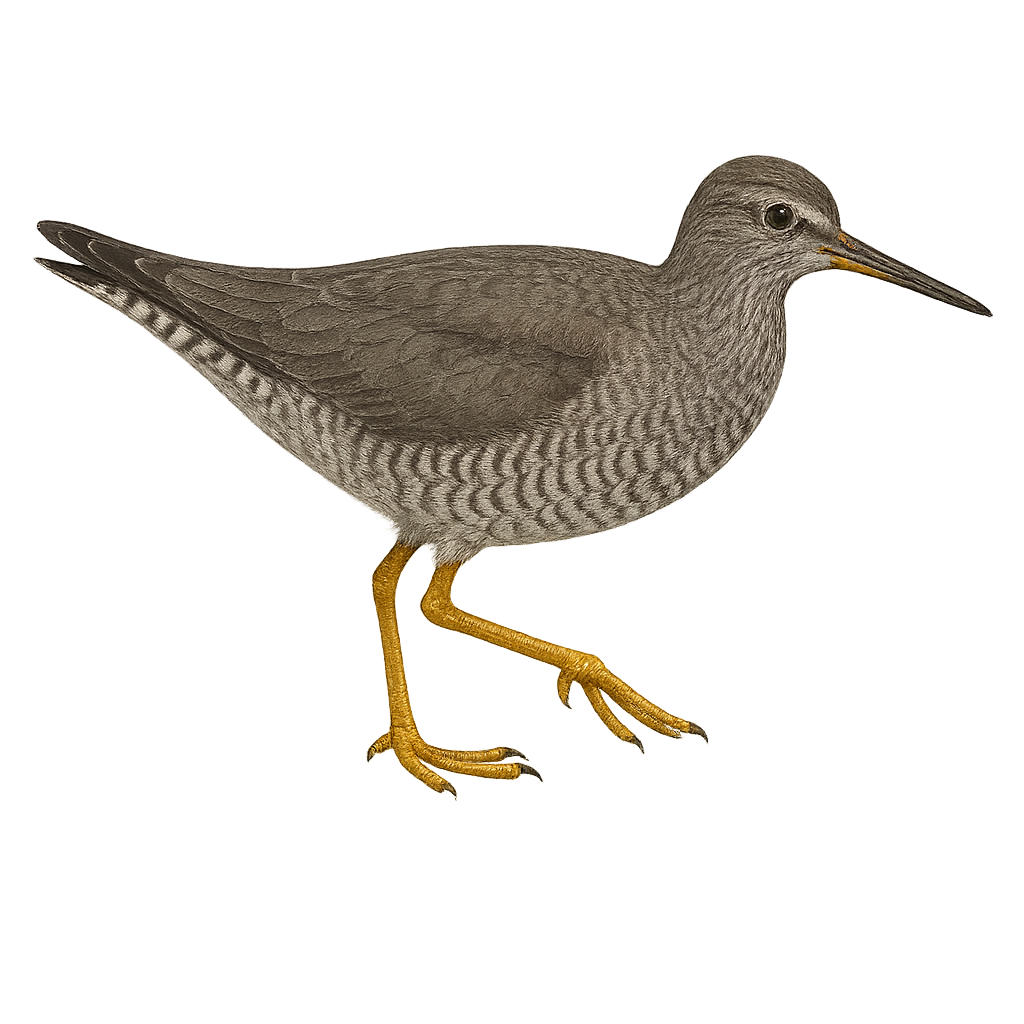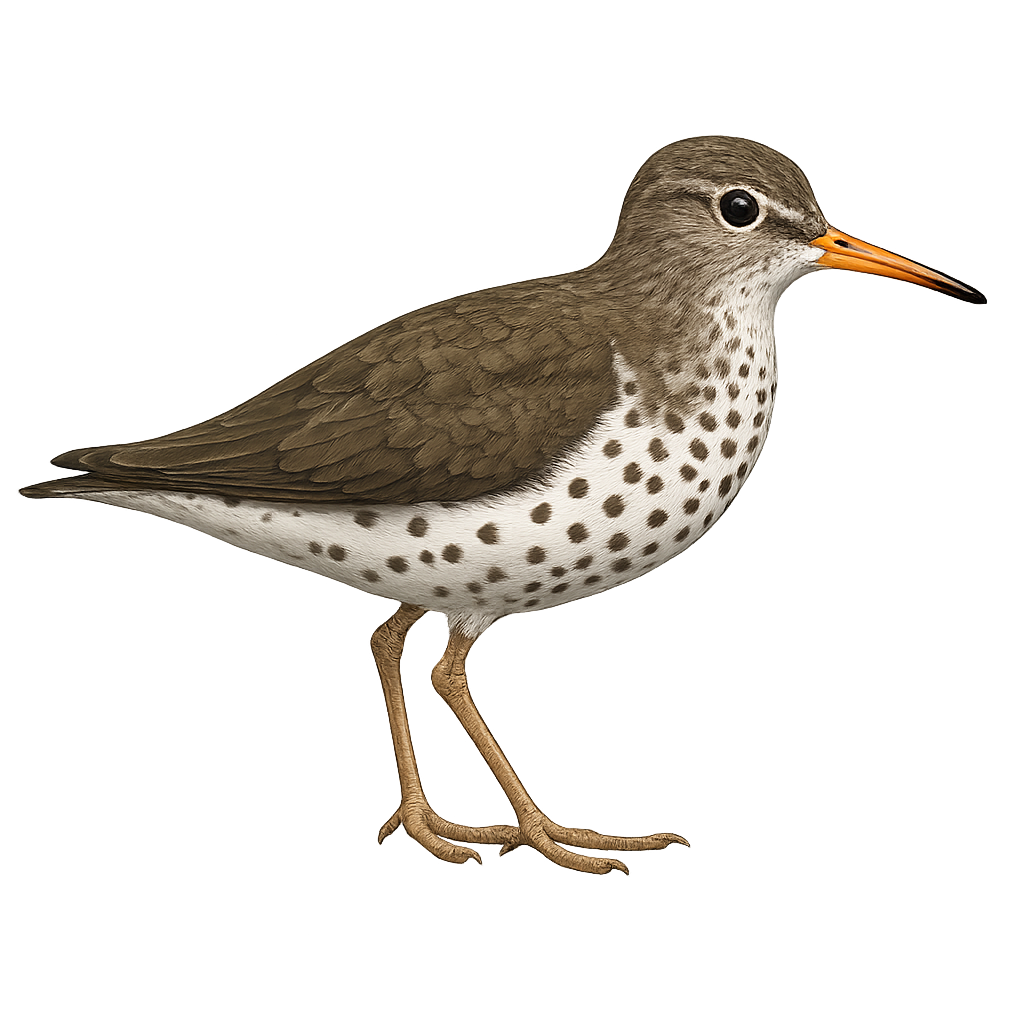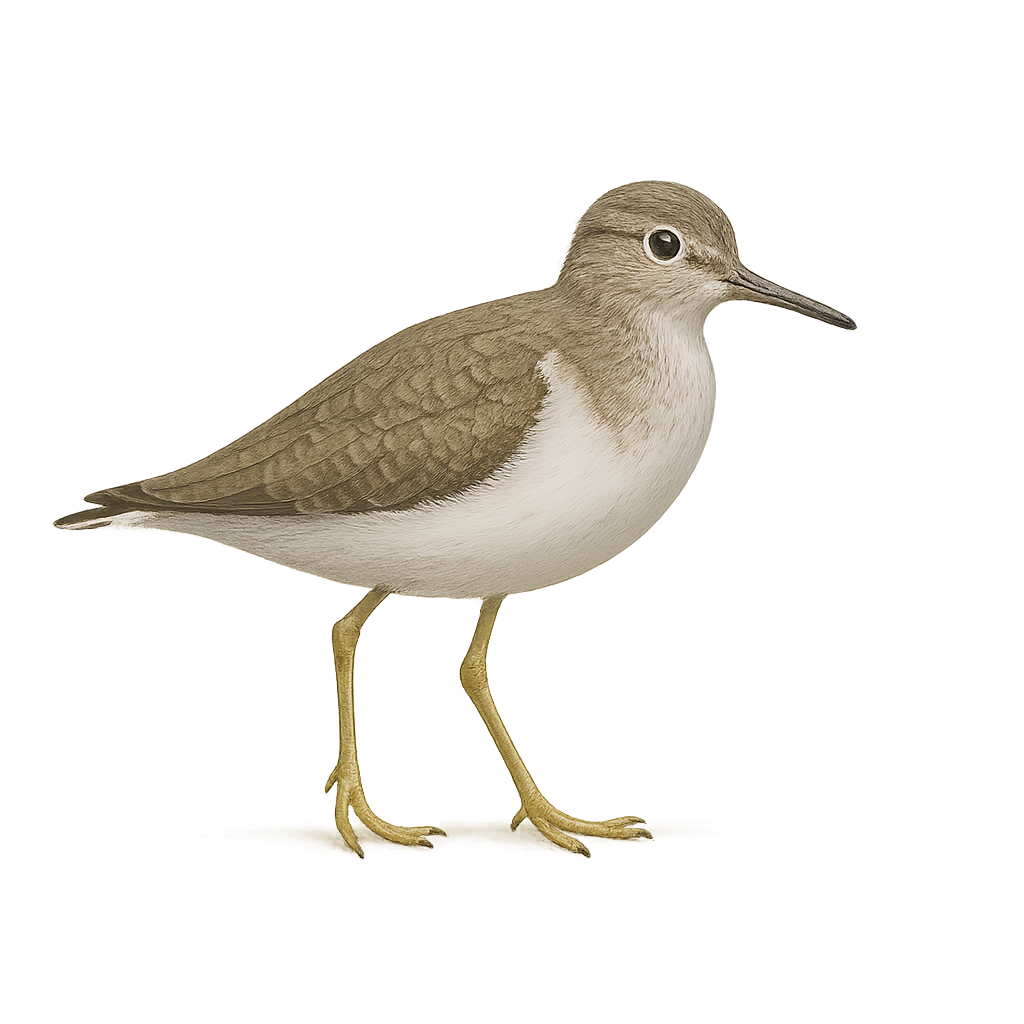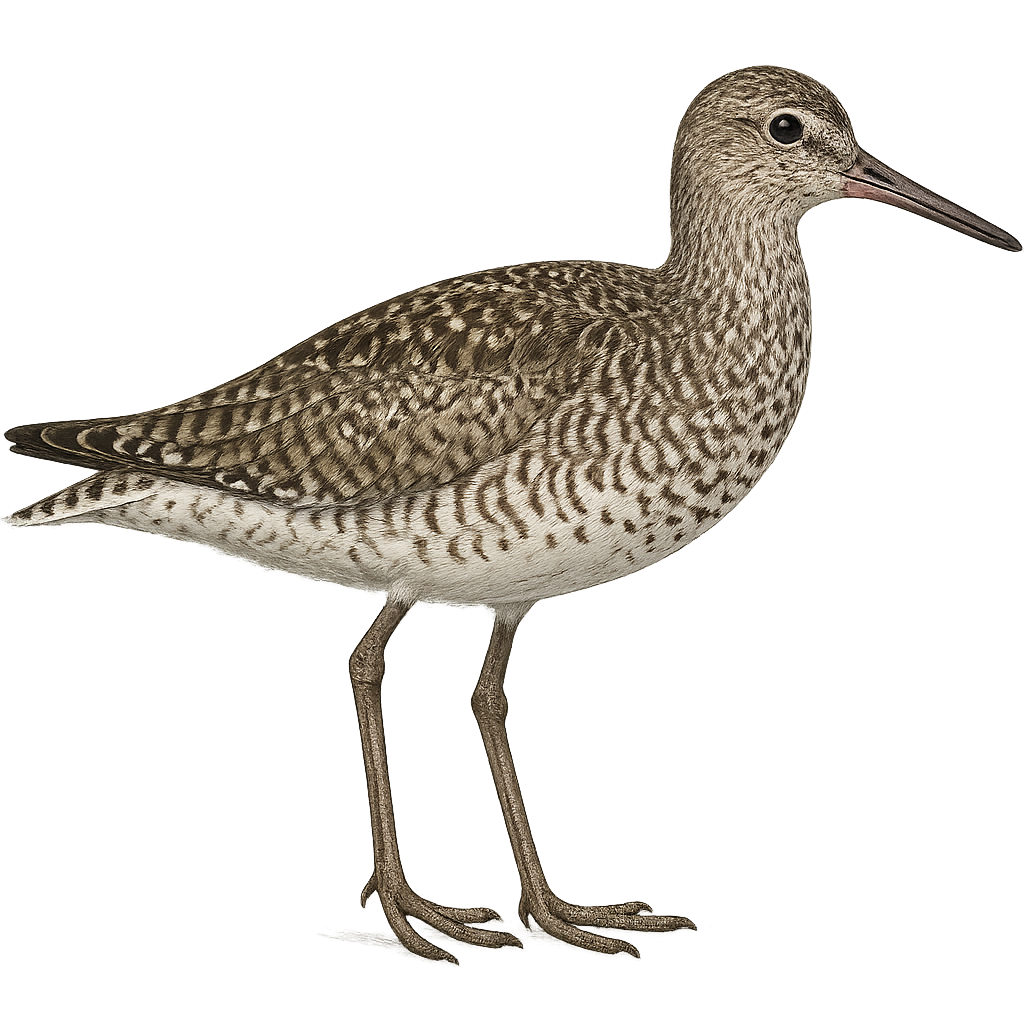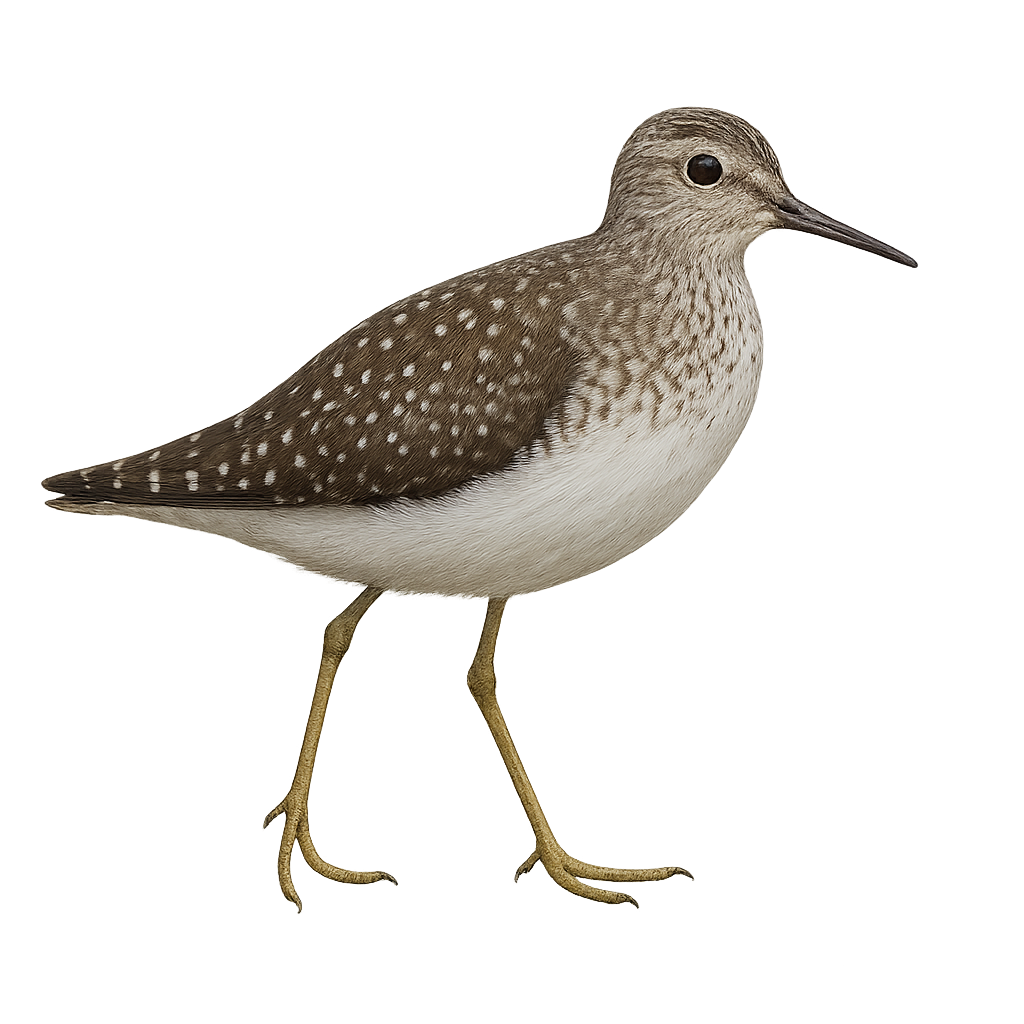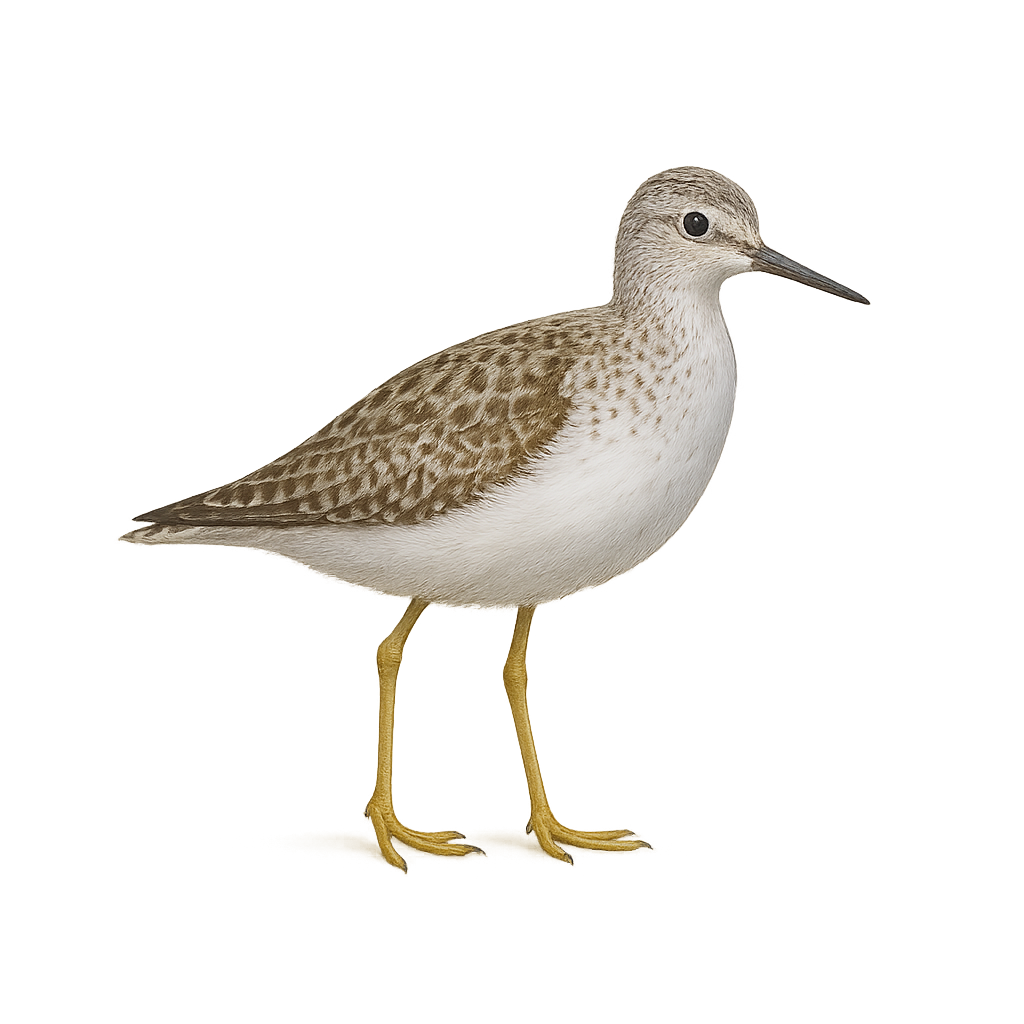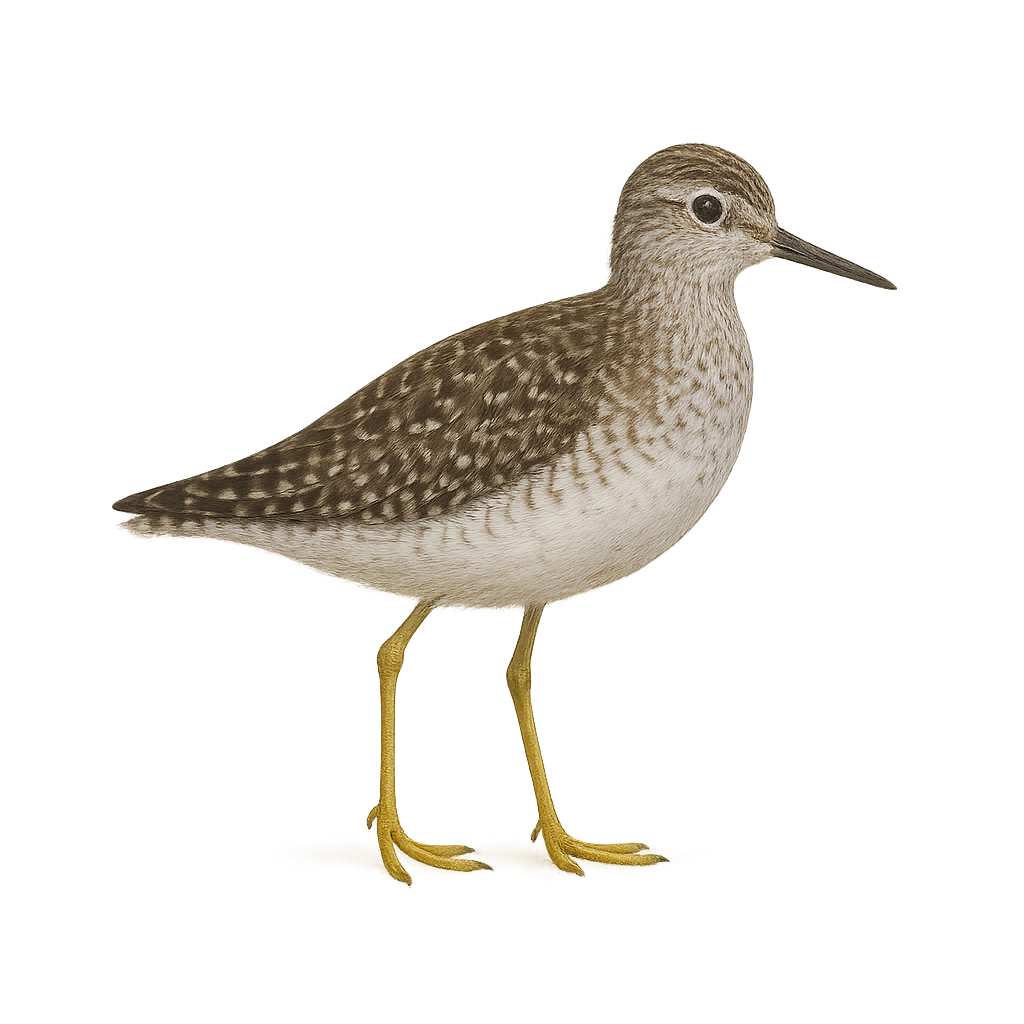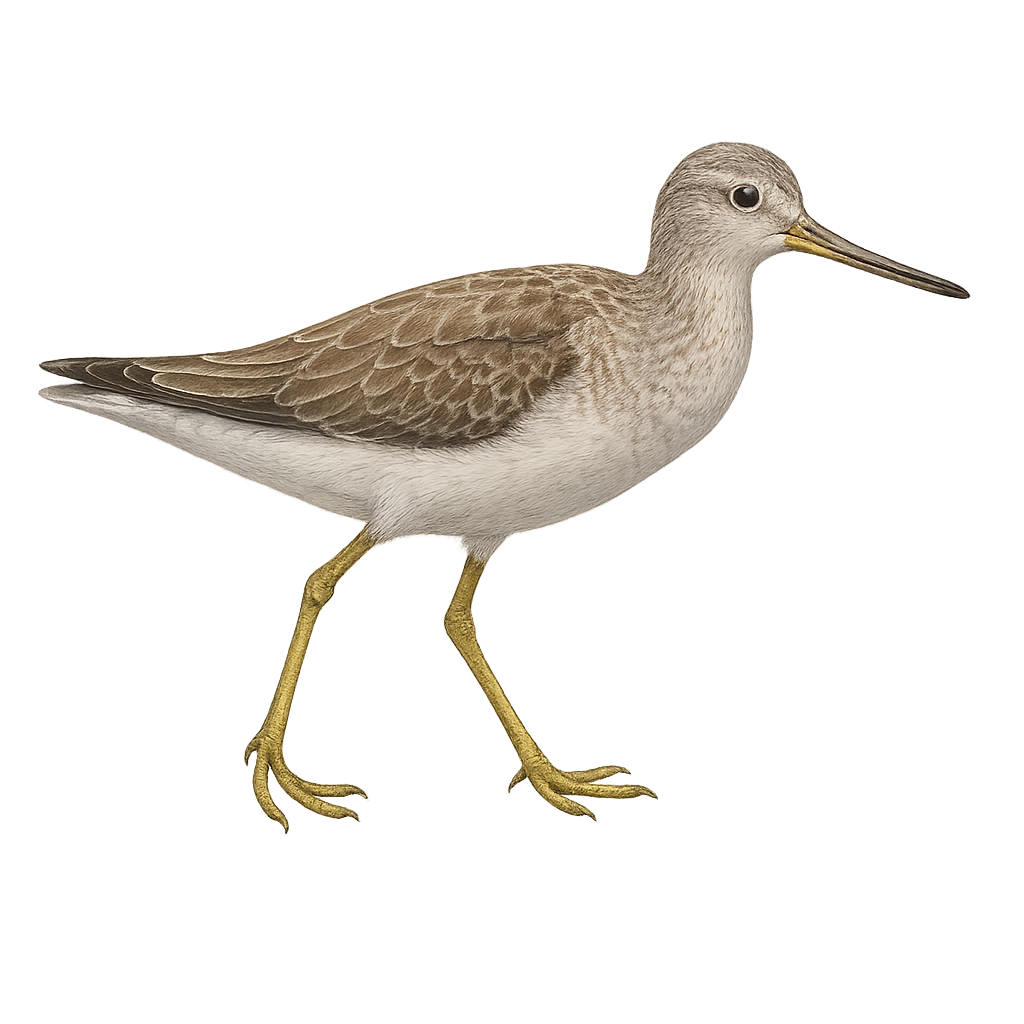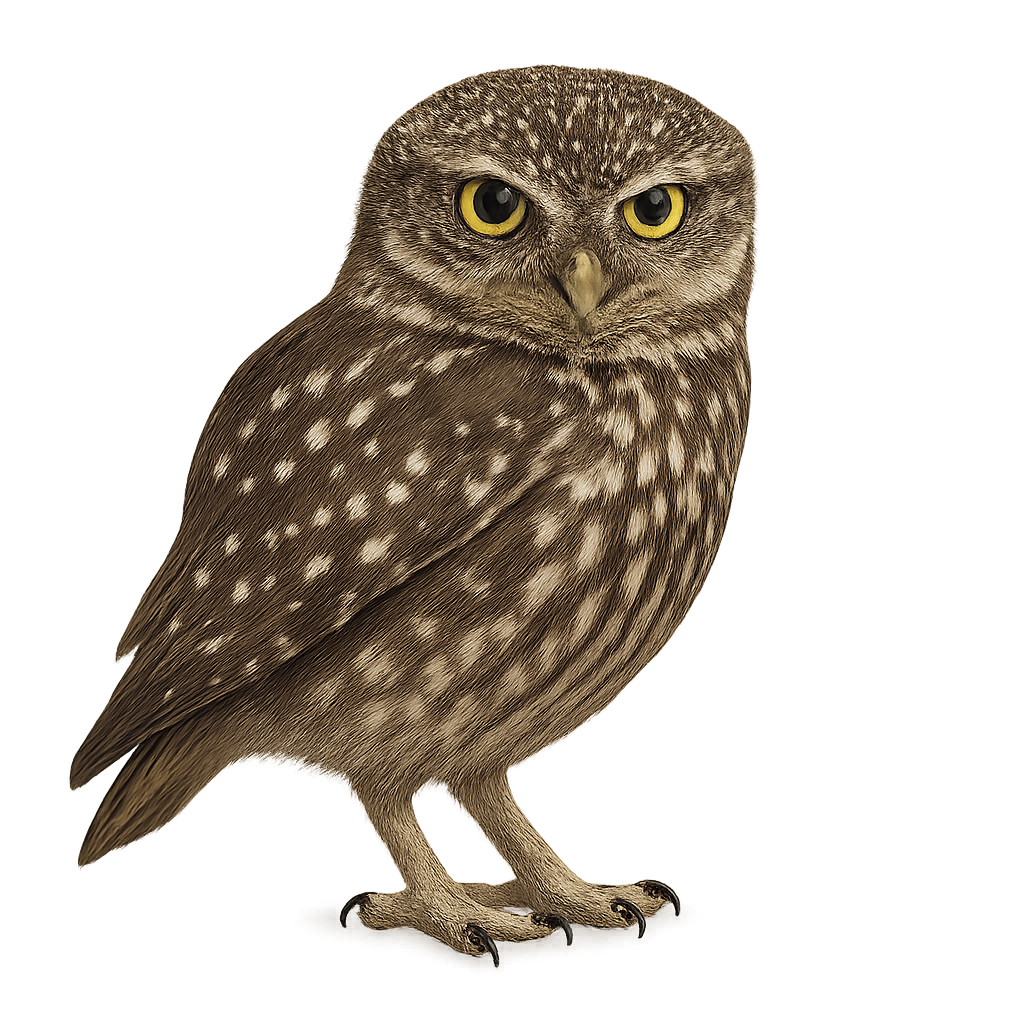The Sumba Imperial Pigeon, Ducula lacernulata, is a medium-sized bird endemic to the island of Sumba in Indonesia. It is recognized for its elegant plumage, predominantly grey with iridescent hues on the neck and wings. Its head is lighter, contrasting with its bright red eyes. It primarily inhabits the island's tropical rainforests and wooded areas. Although its habitat is limited, it adapts well to secondary forests. This pigeon mainly feeds on fruits, playing a crucial role in seed dispersal. Unfortunately, deforestation and hunting have reduced its populations, classifying it as vulnerable by the IUCN. Preserving its habitat is vital for its survival.
The Southern Cassowary, Casuarius casuarius, is a large and fascinating bird native to the tropical forests of New Guinea, Australia, and surrounding islands. It is distinguished by its glossy black plumage, striking blue head, and unique horned casque. This casque, which can reach 18 cm in height, is used to navigate through dense vegetation. Cassowaries are solitary and territorial birds, known for their shy behavior. They primarily feed on fallen fruits but can also consume small animals and fungi. Their ecological role is crucial as they disperse seeds of many plant species. Although capable of running at high speeds and swimming, they are threatened by habitat loss and vehicle collisions.
The Dwarf Cassowary, also known as Bennett's Cassowary, is a large and majestic bird native to the tropical forests of New Guinea and surrounding islands. It stands out with its impressive height, reaching up to 1.5 meters, and its glossy black plumage. Its head is adorned with a bony crest, known as a casque, giving it a prehistoric appearance. This solitary bird is primarily frugivorous, feeding on fallen fruits, but it can also consume small animals and insects. The Dwarf Cassowary is an excellent runner, capable of moving swiftly through dense forest vegetation. Although generally discreet, it can become aggressive if it feels threatened.
The Spotted Nutcracker is a medium-sized bird, easily recognizable by its spotted black and white plumage, which helps it blend perfectly into the coniferous forests where it lives. This passerine is primarily found in the mountainous regions of Europe and Asia, where it mainly feeds on pine seeds and other fruits, which it hides in tree crevices to consume later, a behavior that makes it an excellent food gatherer. The Spotted Nutcracker is also a migratory bird, although it may sometimes remain in colder areas during the winter.
This crow is known for its great intelligence and curious behavior, and it plays a crucial role in the ecosystem by dispersing tree seeds, thus promoting forest regeneration. While the population of this bird is generally stable, it may be threatened by the destruction of forest habitats, particularly in areas where coniferous forests are reduced by logging.
The Mountain Cacique, or Cacicus chrysonotus, is a striking bird with its black plumage contrasted by a bright yellow back. It primarily inhabits the humid forests of the Andes, often seen in noisy flocks. Known for its melodious and complex song, it uses this to communicate with its peers. It feeds mainly on insects and fruits found in the tree canopy. The Mountain Cacique builds hanging bag-shaped nests, often in colonies, providing protection against predators. Although relatively common in its habitat, deforestation poses a potential threat to its populations.
The Montezuma Oropendola is an exotic and colorful bird, easily recognizable by its vibrant plumage, which blends shades of black, yellow, and red. This large bird belongs to the Icteridae family and primarily inhabits the tropical forests and wooded areas of Mexico and Central America. It is especially famous for its long tail feathers, giving it a striking and elegant silhouette.
The Montezuma Oropendola is a social bird that lives in groups, often consisting of several individuals. It feeds primarily on fruits, seeds, and small insects, which it finds in trees and climbing plants. It is also known for its suspended nests, which it constructs with great skill in the trees. While its population remains generally stable, it may be threatened by deforestation and habitat loss.
The Paramo Seedeater is a small seed-eating bird found primarily in the mountainous regions of South America. It is characterized by its uniformly brown-grey plumage, which allows it to blend into its environment. Its modest size and conical beak are well-suited to its diet of seeds. It frequents high-altitude grasslands and open shrublands, often seen in small flocks. Although discreet, its melodious song is a clear indicator of its presence. The species is well adapted to the harsh climatic conditions of the paramos, unique ecosystems located above the tree line.
The Andean Pipit, or Catamenia analis, is a small passerine bird found mainly in the mountainous regions of South America. It is recognizable by its brownish-grey plumage with dark streaks on the back and a lighter chest. This bird is well adapted to high altitudes, often seen between 1000 m and 4000 m. It primarily feeds on seeds and insects, which it finds by foraging on the ground. The Andean Pipit is a relatively discreet bird, but its melodious song can be heard during the breeding season. It builds its nest on the ground, hidden among grasses and shrubs.
The Sunbittern is a medium-sized bird, about 43 cm long, known for its striking wing patterns that resemble eyespots. When threatened, it fans out its wings like a butterfly or stylized sun to startle predators. It has a long beak, slender neck, and thin legs adapted to walking along rivers and streams. Found in Central and South America, it inhabits shaded riverbanks and humid forests at moderate elevations. Solitary and elusive, it feeds on small fish, aquatic insects, and invertebrates. While not currently endangered, it is vulnerable to habitat loss and water pollution.
The Cape Barren Goose, or Cereopsis novaehollandiae, is a bird species endemic to Australia. It is characterized by its ash-grey plumage and short black bill surrounded by a bright yellow cere. This bird, measuring about 75 to 100 cm in length, is often seen in small groups on coastal islands and wetlands in southern Australia. Although primarily herbivorous, feeding on grasses and aquatic plants, it may occasionally consume insects. The Cape Barren Goose is known for its ability to travel long distances in search of food, although it is generally sedentary.
The European goldfinch is a small, colorful bird found mainly in gardens, hedgerows, and meadows across Europe and Asia. It is easily recognized by its bright yellow plumage, black and white wings, and distinctive red head. This finch primarily feeds on thistle seeds, wildflowers, and insects. It is also known for its melodious song and its ability to adapt to various types of habitats.
The Cape Rockjumper, or Chaetops frenatus, is a bird endemic to the mountainous regions of southern Africa, primarily in South Africa. It is recognizable by its distinctive rufous tail and brown-grey plumage. This bird prefers rocky and mountainous habitats where it can move nimbly in search of food. It primarily feeds on insects and small invertebrates, which it captures by foraging on the ground or catching in flight. The Cape Rockjumper is a social bird, often observed in small family groups. Its ability to adapt to harsh environments makes it a fascinating example of South African biodiversity.
The Lesser Yellowlegs, Tringa flavipes, is a medium-sized shorebird known for its long yellow legs and mottled grey-brown plumage. It primarily inhabits wetlands, marshes, and muddy shores, feeding on small invertebrates and crustaceans. A migratory bird, it breeds in the boreal regions of North America and migrates south to winter in Central and South America. Its call is a clear, melodious whistle, often heard during the breeding season. Although generally solitary, it can be seen in small groups during migration. Its population is stable, but it remains vulnerable to habitat loss.
The Greenshank is a large species of wader, distinguished by its long bill and slender legs. It has a gray-brown plumage marked with lighter spots and a slightly speckled head, which helps it blend into the muddy and marshy environments of wetlands and shorelines. This wader is especially known for its characteristic calls, a loud barking cry, which is how it gets its name. It primarily inhabits wetlands, estuaries, and shorelines where it feeds on small invertebrates, worms, and crustaceans found by probing in the mud.
The Greenshank is a migratory bird that travels long distances between its breeding grounds in Europe and its wintering sites in Africa and Asia. Although its population remains relatively stable, it faces threats from the loss of wetland habitats and pollution. The species is protected in some areas where it is found.
The Redshank is a medium-sized wader with distinctive plumage that changes with the seasons. During the breeding season, the male displays vibrant colors, with a black head and reddish chest, while the female has more subdued tones. Outside the breeding season, both sexes adopt a more muted plumage, often gray-brown with shades of white and black. The Redshank is primarily found in wetlands, estuaries, and lakeshores, where it feeds on small invertebrates, aquatic insects, and occasionally worms and crustaceans.
This migratory bird is known for its long-distance migration, between its breeding grounds in northern Eurasia and its wintering areas in southern Asia and North Africa. While its population remains generally stable, the Redshank is vulnerable to threats such as habitat destruction, pollution, and hunting. The species is protected in some areas where it is found.
The Green Sandpiper is a medium-sized wader, easily recognizable by its green-brown plumage with mottled patterns and its white tail, which gives it its name. During the breeding season, males display more colorful plumage, with iridescent green tones and white markings on the wings and tail. Outside of the breeding season, both sexes adopt a more uniform plumage, often olive-brown with shades of white and gray.
The Green Sandpiper is primarily found in wetlands, marshes, estuaries, and lake shores, where it feeds on small aquatic invertebrates, insects, and crustaceans that it uncovers while probing in the mud. While this species is migratory, it does not travel as long distances as some other waders, primarily moving between Central Europe and its wintering sites in North Africa. The Green Sandpiper remains generally stable, but it faces threats from the loss of its wetland habitats and pollution.
The Grey-tailed Tattler, or Tringa brevipes, is a medium-sized wader, measuring about 25 cm in length. It is easily recognizable by its grey plumage on the back and wings, contrasting with a lighter belly. Its bill is straight and relatively long, adapted for foraging in mudflats and shores. During the breeding season, it displays dark streaks on its chest. This migratory bird mainly frequents the coasts and estuaries of Asia and Australia. It feeds primarily on small invertebrates, which it captures by probing the wet ground. Although its conservation status is currently considered of least concern, habitat degradation could pose a long-term threat.
The Wandering Tattler, Tringa incana, is a medium-sized shorebird, measuring about 25 to 27 cm in length with a wingspan of 50 to 60 cm. Its plumage is primarily gray with lighter shades on the belly and dark barring on the chest. The legs are yellow, and the bill is straight and relatively long, adapted for foraging in coastal areas. This bird is often seen moving quickly along rocky shores, searching for small invertebrates and crustaceans. A migratory species, it breeds in Arctic regions and migrates to Pacific coasts during the winter.
The Common Redshank is a medium-sized wader, easily recognizable by its long red legs and straight bill. Its plumage is typically gray-brown with shades of white on the belly and dark markings on the back and wings. During the breeding season, it displays brighter colors, especially on the head and chest, which become duller outside of this period. This wader is often seen in wetlands, marshes, estuaries, and lake shores, where it feeds mainly on small invertebrates, insects, and worms found by probing in the mud.
The Common Redshank is a migratory bird that travels between its breeding grounds in Northern Europe and its wintering sites in Africa and Asia. While its population remains generally stable, the Common Redshank faces threats from habitat loss and pollution. It is sometimes considered a vulnerable species in certain regions.
The Spotted Sandpiper, Actitis macularius, is a small shorebird belonging to the Scolopacidae family. It is easily identified by its olive-brown upperparts and white underparts, speckled with dark spots during the breeding season. This bird frequents the shores of rivers, lakes, and ponds, where it feeds mainly on aquatic insects and small crustaceans. Known for its distinctive tail-bobbing behavior, it breeds in North America and migrates to Central and South America for the winter. Its adaptability to various aquatic habitats makes it a resilient species, although habitat degradation poses a potential threat.
The Common Sandpiper is a small, agile, and active wader, easily recognizable by its light brown plumage, speckled with darker spots, and its long, slender legs. It is also distinguished by its short, straight bill and its energetic and nervous behavior. It is commonly found along riverbanks, estuaries, marshes, and lakes, where it hunts by running along the shores, capturing small insects, worms, and crustaceans found in the mud and shallow water.
This migratory bird typically breeds in temperate regions of Europe and Asia and migrates to North Africa for the winter. While the population of the Common Sandpiper remains stable in many regions, the species is threatened by the loss of wetland habitats and the effects of climate change, which alters aquatic ecosystems. The species is protected in some areas where it is found.
The Willet is a medium-sized bird belonging to the Scolopacidae family. It is characterized by its long legs and straight, sturdy bill. Its plumage is primarily gray-brown with lighter patterns on the belly. In flight, its wings reveal a distinctive white band. This bird mainly inhabits wetlands, beaches, and coastal marshes. It is often seen probing the ground for small invertebrates, crustaceans, and mollusks. Although generally solitary, it can form small groups during migration. The Willet is a partial migrant, breeding in northern regions and wintering further south.
The Solitary Sandpiper, Tringa solitaria, is a medium-sized shorebird, measuring about 20 to 23 cm in length. Its plumage is mainly dark brown above with white spots, while the underside is white. It is distinguished by its long green legs and straight, thin bill. This bird is often seen alone, as its name suggests, and frequents wetlands, marshes, and riverbanks. It is migratory, spending its summers in North America and winters in Central and South America. The Solitary Sandpiper is known for its fast, direct flight, often accompanied by sharp calls.
The Marsh Sandpiper is a medium-sized wader, easily identifiable by its plumage marked with gray-green and white, with darker patterns on the wings and head. During the breeding season, it displays brighter colors, with shades of vibrant green and distinct markings. Outside the breeding season, its plumage is more subdued, generally gray-brown and more muted. This wader is primarily observed in shallow wetlands such as marshes, lagoons, and estuaries, where it feeds on aquatic invertebrates, small fish, and occasionally worms.
The Marsh Sandpiper is a migratory bird that travels relatively short distances between its breeding grounds in Eastern Europe and its wintering sites in North Africa and Asia. While its population remains stable in some regions, it is threatened by the loss of its wetland habitats and water pollution. The species benefits from protections in areas where it is found, but it remains vulnerable in certain regions due to urbanization and intensive agriculture.
The Wood Sandpiper is a medium-sized wader, recognizable by its elegant plumage that ranges from gray-green to white, with dark markings on the wings and sometimes a marbled head. This wader is primarily found in wet forests and marshy areas, where it feeds on small invertebrates, worms, and occasionally small fish, which it catches by probing in the mud and shallow water.
During the breeding season, the male displays brighter colors, notably a darker head plumage and iridescent green shades on its back. Outside the breeding season, the Wood Sandpiper has a more subdued and uniform plumage, often gray-brown. As a migratory bird, it travels between its breeding grounds in Northern Europe and its wintering sites in Africa and Asia. Although its population remains relatively stable, the Wood Sandpiper faces threats from the loss of wetland habitats and pollution.
The Nordmann's Greenshank, or Tringa guttifer, is a rare and endangered wader bird belonging to the Scolopacidae family. It is identifiable by its greyish plumage with distinctive white spots on the belly and wings. Its long, slightly curved bill is perfect for probing mudflats for food. This bird migrates over long distances, breeding in the coniferous forests of the Russian Far East and wintering in the wetlands of Southeast Asia. Its population is declining due to habitat loss and hunting. Conservation efforts are crucial for its survival.
The Little Owl is a small, distinctive owl, easily recognizable by its large yellow eyes and its generally gray-brown plumage marked with white spots. It has a stocky body and a round head, without the ear tufts typical of other owls. The Little Owl is often found in open areas such as fields, orchards, and agricultural sites, where it frequently perches on stones, posts, or low trees.
This nocturnal predator feeds mainly on small mammals, insects, and reptiles, which it hunts primarily at night. Although its population remains relatively stable in many parts of Europe, the Little Owl is threatened by habitat loss and changes in agricultural practices. The species benefits from some protections and is often associated with conservation efforts aimed at preserving its open habitats.
The Burrowing Owl, Athene cunicularia, is a small owl with brown plumage speckled with white, primarily inhabiting the grasslands, deserts, and agricultural areas of the Americas. Unique among owls, it nests in underground burrows, often dug by other animals like prairie dogs. Measuring about 20 to 25 cm in height, it has long legs that allow it to run swiftly on the ground. Its diet is varied, including insects, small mammals, and sometimes reptiles. Although diurnal, it is most active at dusk and dawn. This species is known for its adaptability to different environments, though habitat loss remains a threat.
The Eurasian Pygmy Owl is the smallest owl in Europe, easily recognized by its tiny size and large, piercing yellow eyes. It has gray-brown plumage, with white markings on the chest and abdomen, and dark spots on its head. It has a stocky body and a small, round head, without the ear tufts found in other owls. This nocturnal predator primarily inhabits coniferous forests, where it hides in tree cavities or old nests to rest during the day.
The Eurasian Pygmy Owl primarily hunts small birds, insects, and rodents, which it captures at dawn or dusk. While its population remains relatively stable in some regions of Northern and Eastern Europe, it is threatened by deforestation and disruption of its habitats. This owl is protected by conservation measures aimed at preserving its coniferous forests and nesting sites.
The Northern Pygmy Owl, Glaucidium gnoma, is a tiny raptor measuring just 16 to 18 cm, active both during the day and at night. It has a compact body, bright yellow eyes, and a round head with no ear tufts. Found mainly in coniferous and mixed forests of western North America—from Canada to Mexico—it is a fierce hunter despite its size, preying on small birds and rodents, sometimes larger than itself. It often nests in old woodpecker cavities. Though discreet, it is curious and can occasionally be approached quite closely. The species is considered stable, depending on the presence of mature forests. No black or melanistic individuals are known.


